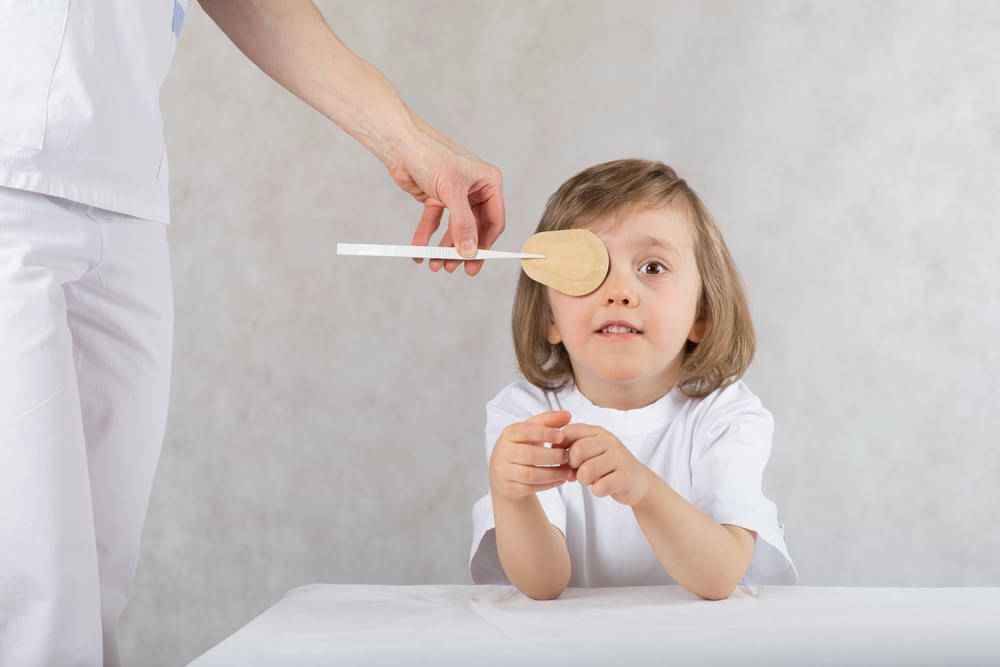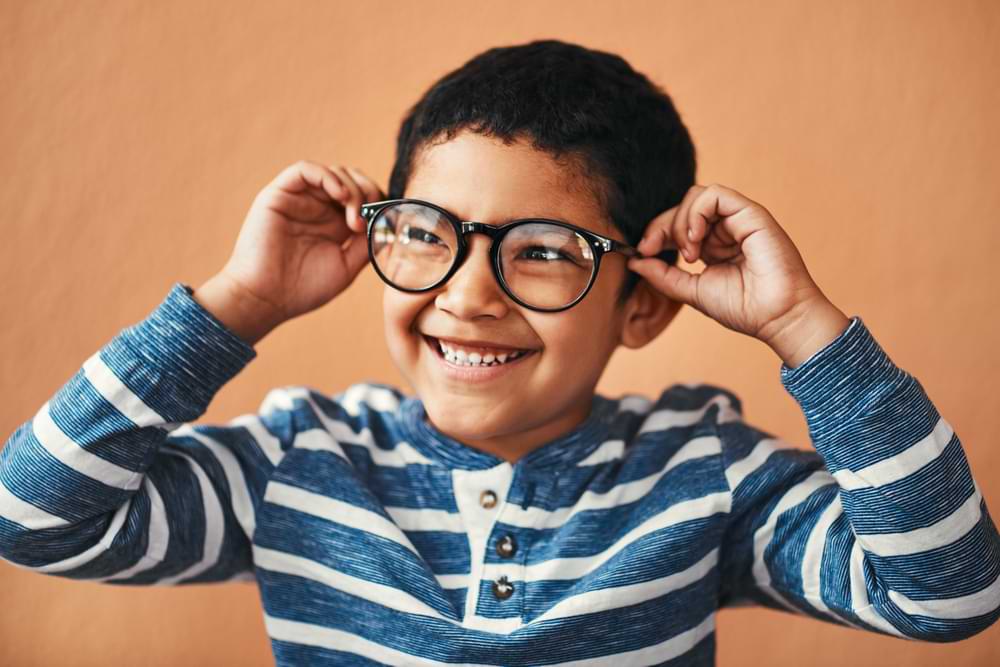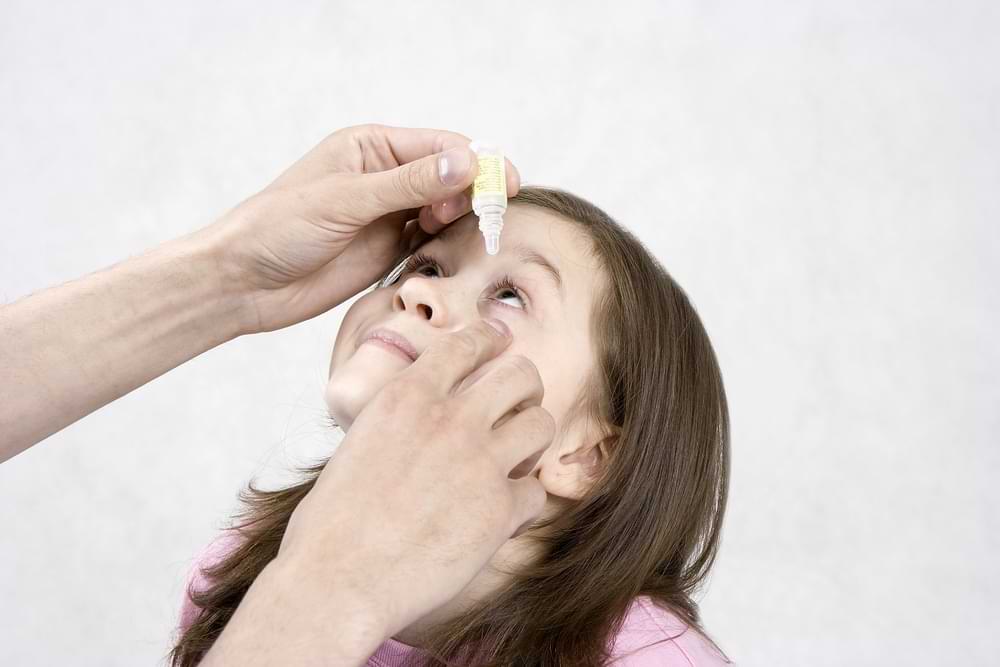Crossed Eyes (Strabismus) vs Lazy Eye: What Parents Should Know

Many parents think lazy eye (amblyopia) and crossed eye (strabismus) are the same. They’re not. Strabismus affects eye alignment, while amblyopia affects vision development. A child can have both, but one doesn’t always cause the other.
A study in Singapore found that 15% of children with amblyopia also had strabismus, while 12.5% of children with strabismus had amblyopia. Knowing the difference helps parents spot early signs and get the right treatment before vision problems become permanent.
I’m Minh Van Tran, Principal Optometrist at VisionPro Optometrists, and I’ve spent over two decades helping families understand and manage their children’s eye health. Let’s break down the key differences between crossed eye (strabismus) and lazy eye (amblyopia), two conditions that often get mixed up, and discuss what parents should look out for.
Key Takeaways
- Strabismus affects eye alignment, while amblyopia affects vision strength.
- Early treatment works best before age seven (7).
- Glasses, patching, and therapy can improve vision.
- If the brain ignores input from a misaligned eye, vision can weaken over time.
- Regular eye exams help catch problems early.
What Is Crossed Eye (Strabismus)?
Definition and Types
Strabismus is best described as when the eyes do not align properly, which causes one or both eyes to turn in different directions. There are several types of strabismus:
- Esotropia: One or both eyes turn inward (crossed eyes).
- Exotropia: One or both eyes turn outward (wall-eye).
- Hypertropia: One eye drifts upward.
- Hypotropia: One eye drifts downward.
Strabismus isn’t just a cosmetic issue; it can lead to amblyopia (lazy eye) when the brain starts to ignore signals from the misaligned eye. This results in weaker vision over time.
Causes and Risk Factors
Strabismus happens when the muscles or nerves that control eye movement don’t work properly. Some common causes include:
- Neurological miscommunication: The brain has difficulty blending images from both eyes into one clear vision.
- Genetics: A family history of strabismus increases the risk.
- Uncorrected longsightedness: Can cause accommodative esotropia, where the eyes turn inward to compensate.
- Medical conditions: Autoimmune disorders, such as Graves’ disease (thyroid eye disease), can affect eye muscles, and leads to strabismus.
- Screen time and eye strain: While screens don’t directly cause strabismus, excessive close-up work may strain the eye muscles.
Symptoms of Strabismus
- Visible eye misalignment: One eye may turn in, out, up, or down.
- Poor depth perception: Difficulty judging distances, which can lead to clumsiness.
- Eye strain and double vision: The brain struggles to fuse two different images.
- Squinting or tilting the head: A child may adjust their posture to improve focus.
To learn more about Strabismus, watch the following video by Dr. Joseph Allen from the Doctor Eye Health YouTube channel.
What Is Lazy Eye (Amblyopia)?
Is Amblyopia Different from Strabismus?
Yes. Amblyopia occurs when one eye develops weaker vision because the brain favours the stronger eye. Unlike strabismus, amblyopia doesn’t always involve an eye turn; the affected eye may look completely normal despite reduced vision. In some cases, strabismus can lead to amblyopia if the misaligned eye is ignored by the brain for long periods.
Causes of Amblyopia
- Strabismic amblyopia: The brain ignores signals from the misaligned eye to prevent double vision.
- Refractive amblyopia: A large difference in prescription between the two eyes causes the brain to rely on the clearer eye.
- Deprivation amblyopia: Obstructions like congenital cataracts or droopy eyelids prevent normal visual development.
Symptoms of Amblyopia
- Blurry or reduced vision in one eye.
- Struggles with coordination, catching objects, or reading.
- Squinting or closing one eye to see better.
- Head tilting: A common way to compensate for imbalanced vision
How Are Strabismus and Amblyopia Diagnosed?
Optometrists use several tests to assess eye condition:
- Visual acuity tests: Measure clarity and sharpness of vision.
- Cover–uncover tests: Identify eye misalignment by covering and uncovering each eye.
- Pupillary reflex tests: Assess how the eyes respond to light and focus.
- Depth perception tests: Determine how well both eyes work together.
Comprehensive eye exams go beyond simply checking vision—they assess how well the eyes align and work together. Early detection of misalignment or vision weakness through these tests allows for timely treatment, preventing long-term vision problems.

Treatment Options for Strabismus
Prescription Glasses and Prisms
In some cases, prescription glasses can help correct eye alignment, particularly for children with accommodative esotropia, where the eyes turn inward due to uncorrected longsightedness. These glasses reduce the need for excessive efforts to focus, which can help realign the eyes naturally. Prism lenses may also be used to adjust how light enters the eyes. It lowers double vision and improves overall eye coordination.
Vision Therapy
Vision therapy is a structured treatment designed to improve eye coordination and strengthen the connection between the brain and the eyes. Through customised exercises, children can develop better control over their eye muscles. This therapy is particularly effective for intermittent strabismus, where the eye turn is not constant.
It can also help prevent amblyopia (lazy eye) by encouraging the brain to use both eyes together instead of suppressing one.
Strabismus Surgery
For cases where glasses and vision therapy are not enough to correct eye alignment, strabismus surgery may be recommended. This procedure involves adjusting the muscles around the eyes to improve position and coordination. It is usually performed under general anaesthesia and has a high success rate, especially in younger children.
Post-surgery vision therapy is often needed to help retrain the brain to use both eyes correctly, which reduces regression.
Treatment Options for Amblyopia
Eye Patching
Eye patching involves covering the stronger eye with a patch to encourage the brain to rely on the weaker eye, which improves its visual function. The duration of treatment depends on the severity of amblyopia, ranging from a few weeks to several months.
Compliance is key, as children may dislike wearing a patch at first. However, with consistent use and encouragement, an eyepatch can significantly improve vision in the affected eye, especially when started early in childhood.
Atropine Eye Drops
Atropine eye drops offer an alternative to patching for children who struggle with an eye patch. These drops temporarily blur vision in the stronger eye, which forces the brain to use the weaker eye. This method is particularly effective for mild to moderate amblyopia and can be easier for young children to tolerate.
The drops are typically applied once a day, making them a less invasive but equally effective option for vision improvement.
Vision Therapy for Amblyopia
Vision therapy is designed to strengthen the neural connections between the brain and the weaker eye, helping to restore balance in visual processing. It includes structured exercises that challenge the brain to use both eyes together, rather than suppressing the weaker one. This therapy combines eye patches or atropine drops to maximise improvement.

Why Early Intervention Matters
Potential Complications of Untreated Conditions
Without early treatment, amblyopia can lead to permanent vision loss, as the brain continues to ignore signals from the weaker eye. Over time, this suppression becomes more ingrained, making treatment less effective. Strabismus, if left uncorrected, can cause chronic double vision. This leads to difficulties with reading, sports, and everyday tasks that require depth perception.
The Best Age for Treatment
Early intervention is key because the brain develops most of its visual connections before age seven (7). During this period, treatments like patching, glasses, and vision therapy have the highest success rates.
After this age, improvement is still possible but often requires more intensive therapy, as the brain’s adaptability declines. Children diagnosed and treated before age seven (7) typically experience stronger long-term visual function and a reduced need for future interventions.
The Importance of Regular Eye Exams
Routine eye screenings are one of the best ways to catch amblyopia and strabismus early, even before obvious symptoms appear. Children should have their first vision screening before age three (3), followed by regular check-ups throughout childhood. Kids with a family history of amblyopia or strabismus should be monitored even more closely, as their risk is higher.
Final Thoughts
Strabismus and amblyopia are treatable, but early diagnosis is key. If your child shows signs of misaligned eyes, poor depth perception, or vision imbalance, don’t wait to get them checked.
At VisionPro Optometrists, we offer comprehensive paediatric eye exams. Let’s make sure your child’s vision stays on track.
Click on the “BOOK AN APPOINTMENT” button OR call either our St. Albans (03) 9364 5509 or Footscray (03) 9687 8787 optometry practices.
Want to test your knowledge about Children’s Vision?

Minh gained his Bachelor of Optometry in 2000, and his Certificate in Ocular Therapeutics (ACO) in 2016.
He started VisionPro Optometrists in 2008 and has been Principal Optometrist ever since, working in both the Footscray and the St Albans practices.
Minh is a member of Optometrist Association Australia and the ACO. He always strives to achieve the highest standard of professionalism when delivering eyecare to all his patients.
Minh’s special areas of interest include ocular diseases and management, children’s vision and contact lens fitting. Minh enjoys travelling and reading in his spare time.
